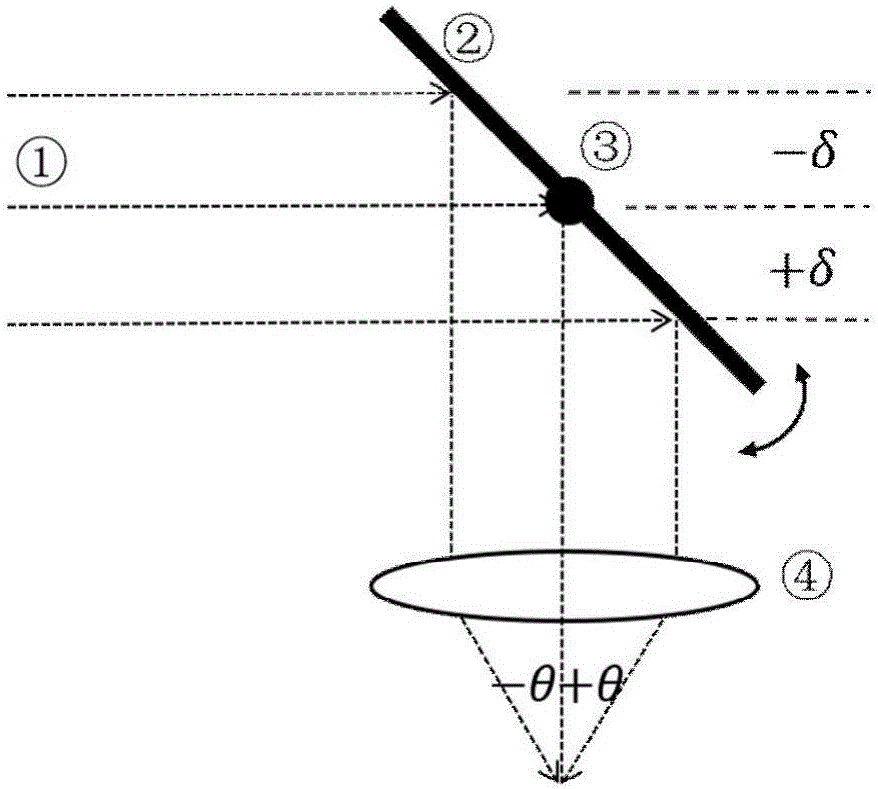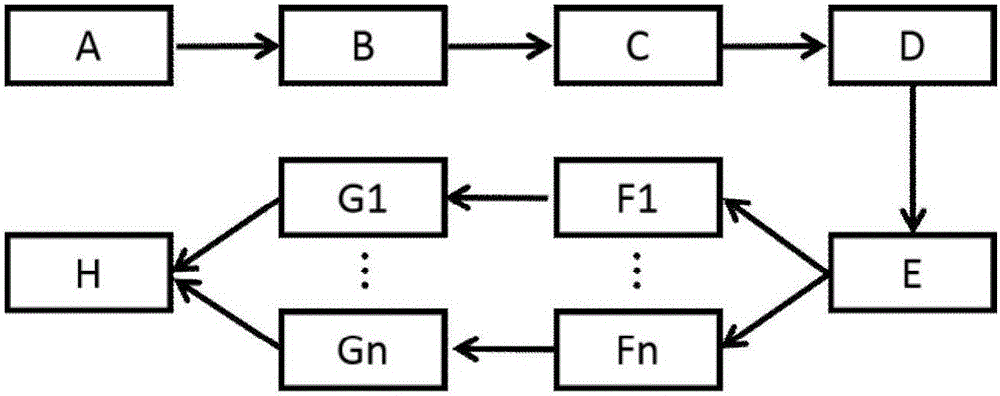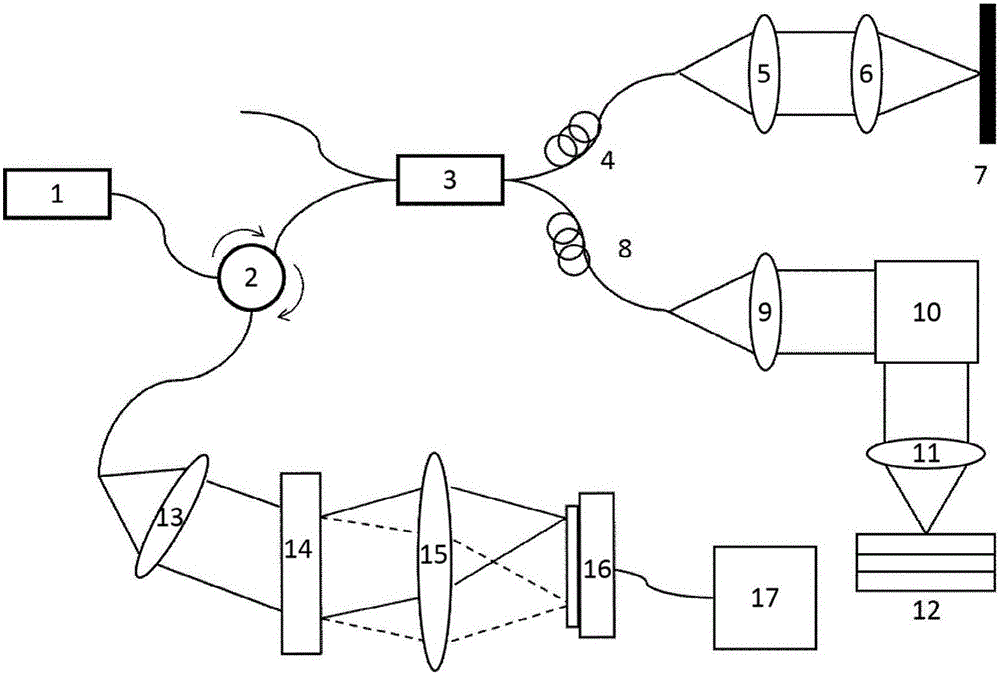Angle composite speckle denoising method and system for full-channel modulation encoding
A modulation and coding, all-channel technology, applied in the field of angular composite speckle noise reduction method and system, can solve the problems of limiting imaging speed, etc., achieve the effects of speckle noise reduction, image signal-to-noise ratio improvement, and clear detail information
- Summary
- Abstract
- Description
- Claims
- Application Information
AI Technical Summary
Problems solved by technology
Method used
Image
Examples
Embodiment Construction
[0031] The present invention will be further described below with reference to the accompanying drawings and embodiments.
[0032] figure 1 Schematic diagram of the probe beam scanning of the sample arm in the OCT system. the following pair figure 1 Schematic diagram for detailed description.
[0033] In the sample arm of the OCT system, the effective diameter size of the probe beam (ie, the mark ①) irradiated on the collimating objective lens (ie, the mark ④) should be as large as possible to obtain a higher lateral resolution of the system imaging. When a collimated beam with a certain width is irradiated to the center of the rotating shaft of the scanning mirror of the sample arm (ie, mark ②), the positions of different widths of the beam are offset from the center of the rotating shaft (ie, mark ③) by ±δ. This offset introduces the modulation frequency f m , so that the lateral scan spectrum in the spatial frequency domain is modulated. Modulation frequency f m Linea...
PUM
 Login to View More
Login to View More Abstract
Description
Claims
Application Information
 Login to View More
Login to View More - R&D
- Intellectual Property
- Life Sciences
- Materials
- Tech Scout
- Unparalleled Data Quality
- Higher Quality Content
- 60% Fewer Hallucinations
Browse by: Latest US Patents, China's latest patents, Technical Efficacy Thesaurus, Application Domain, Technology Topic, Popular Technical Reports.
© 2025 PatSnap. All rights reserved.Legal|Privacy policy|Modern Slavery Act Transparency Statement|Sitemap|About US| Contact US: help@patsnap.com



